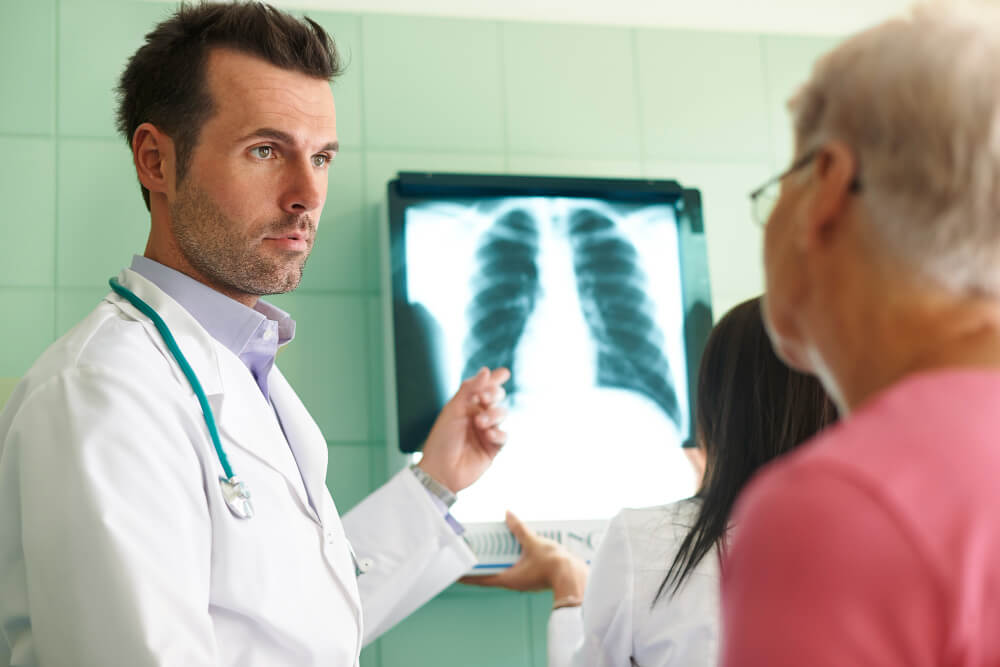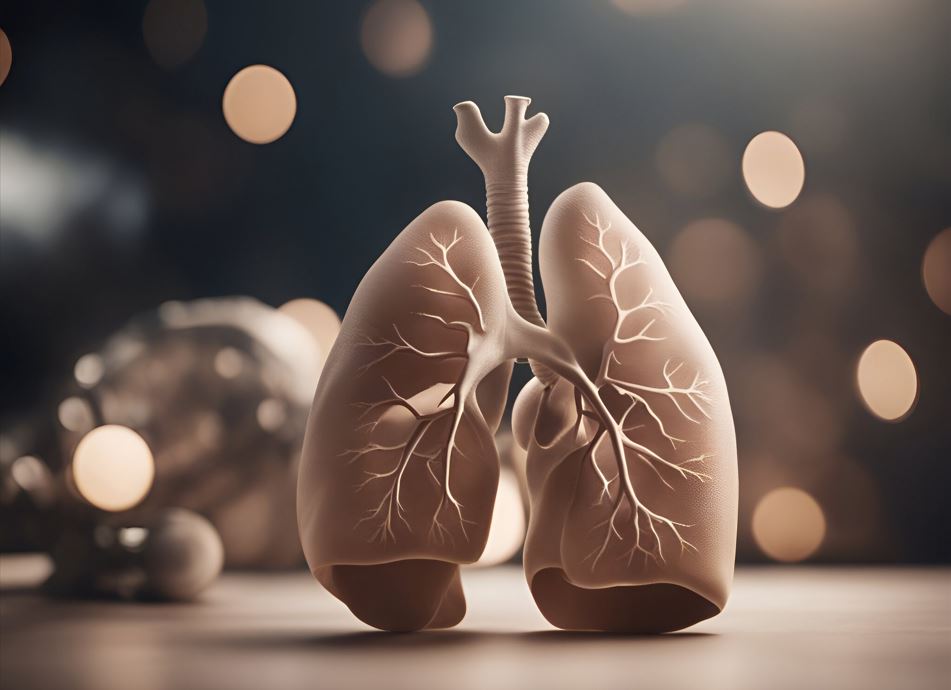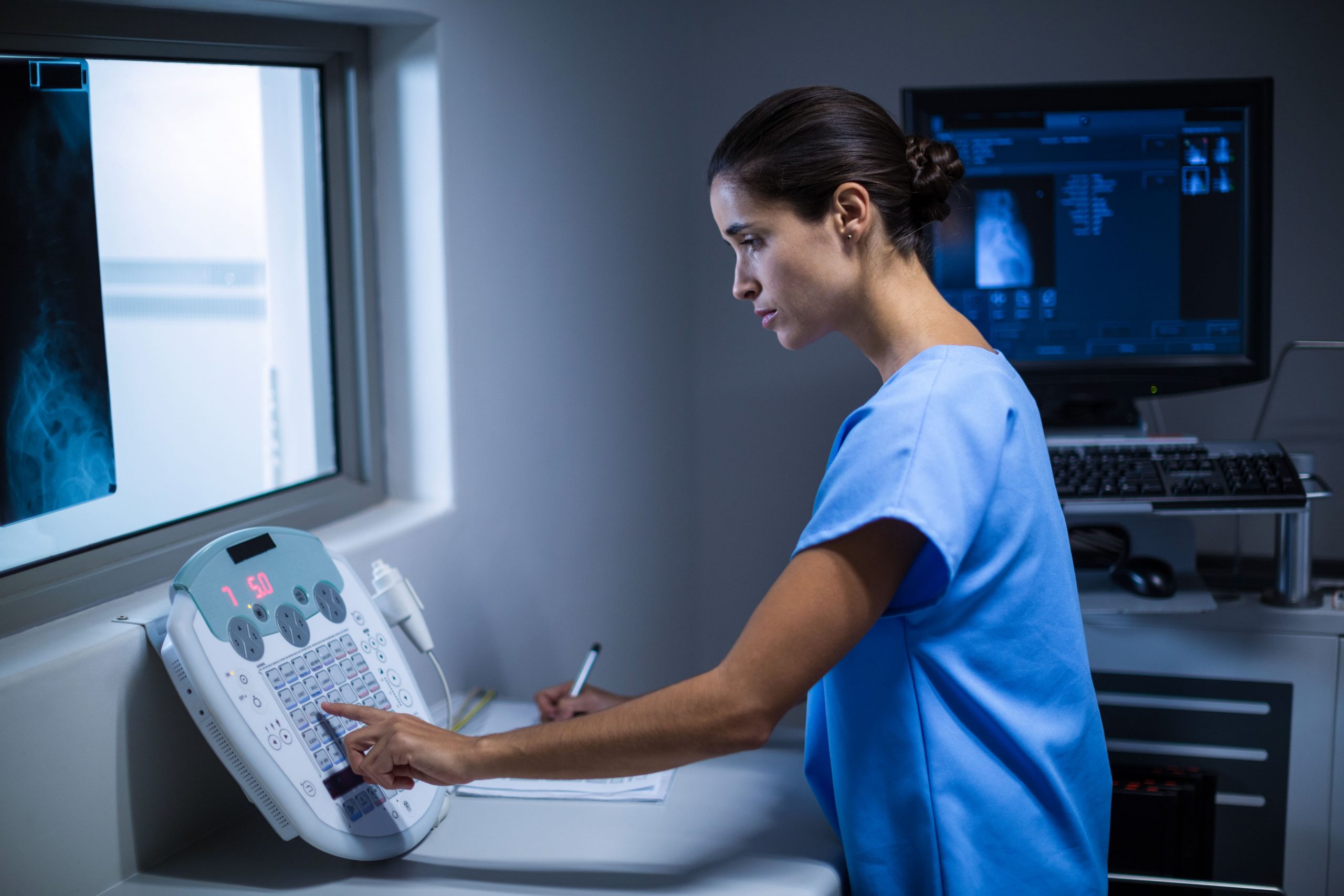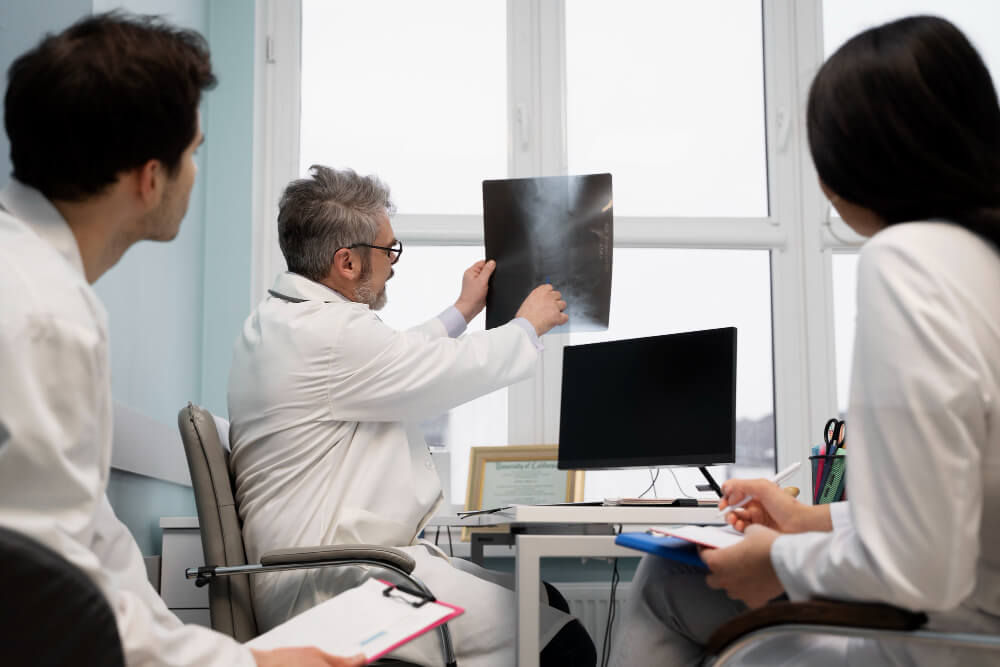Your lungs are quite awesome! The lungs are in constant action all day and night, day in and day out, sucking air and giving your body the oxygen it requires. However, what if you smoked such weed over several years? It is one of the questions many people are interested in, and the answer is even more interesting than you can imagine.
Your lungs have experienced a major change after 5 years of smoking cannabis. They react just as any other organ in your body responds to what you feed it. Modern medical technology, such as a lung scan service, will enable you to know what happens to your chest. Being a radiology expert, I am going to tell you what happens to your lungs after several years of smoking cannabis.
Does weed harm your lungs just like Tobacco?
And it is the question which people most likely ask, and it is a clever question! The answer to this is short: Both weed and tobacco are different to the lungs, but they involve inhaling smoke into the lungs.
Medical research says that cigarettes not only produce smoke but also more than 7000 chemicals in the smoke, and at least 70 of these chemicals are known to be carcinogenic. Nicotine is also present, which constricts the blood vessels and reduces oxygen circulation.
The cannabis smoke is rich in irritating chemicals like those of tobacco, yet it lacks the chemicals introduced during cigarette production. However, it is still smoke, and any smoke is likely to irritate your lung tissues.
However, here is the important part: both types of smoke can trigger irritation, cough, and alteration of your lung tissues. An early lung scan for smokers can detect if anything serious needs to be looked at.
The good news here is that lungs are tough. They possess remarkable cleaning mechanisms that actively remove particles and repair damaged components.
What Does the Lungs Change Five Years After Smoking Weed?
By your 5th year of smoking pot, your lungs have probably developed several ways to respond. Imagine that your lungs have been overworking themselves for the past 5 years.
Common changes are:
- Heightened mucus production: your lungs produce more mucus.
- Airway irritation: The air sacs, which carry the air to your lungs, will be irritated and a little swollen.
- Lung tissue transformation: Some alterations may even be present in the small air sacs in your lungs (or alveoli).
- Poor lung capacity: Others realise that they are not able to take in deep breaths.
- Chronic cough: cough that persists.
What we must remember is that all these changes do not come up overnight. Your lungs have been slowly acclimating over the past five years.
Can lungs repair when one gives up smoking weed?
And this is where the good news appears! The lungs are amazing curing engines. As soon as you quit smoking, they begin to mend themselves at work almost immediately.
This is the result of quitting:
In the first 24 hours, there is the commencement of the cleaning of your lungs of mucus and other foreign objects. It is possible that you will initially cough more as your lungs clear themselves.
- During 1-2 weeks, the Increase in the size of your airway is reduced.
- In 1-3 months, your lung performance begins to increase.
- Within 6-12 months, you are often successfully treated for your chronic cough, and it improves significantly or disappears.
- 1-2 years after: The large portion of irritation and inflammation in your lungs has healed. You are at a normal risk of lung infections again.
The earlier you quit, the better your lungs will be able to repair themselves. So does stuff such as your general health, how much you smoked and whether you have other problems. Not every Weed Smoker Develops Lung Problems. Not all the people who smoke marijuana develop severe problems with their lungs! The same as not every person eating fast food after having heart disease, each person is different in the way they respond to cannabis smoke.
Those that influence your risk include:
- The extent to which you smoke
- The state of your general health
- Your genetics
- Your age
Numerous users of cannabis remain several years without getting notable complications in their lungs, particularly when they consume it in moderate proportions and keep their general condition in check. It is, however, advisable that you monitor your body and seek check-ups if you experience frequent coughing, feelings of breathlessness, and chest pains.
The Value of Early Detection and Professional Supervision
As a diagnostic imaging professional, I cannot overemphasise the importance of being aware of what is truly happening inside your lungs. Most changes in the lungs occur slowly, and you may not be aware of these symptoms until they have developed further.
It is here that professional imaging services become so useful. A lung scan of a smoker: Your doctor can use a lung scan of some smokers to give detailed images of your lung tissues, so that she can find out areas of irritation, inflammation or even some changes that are not yet manifested or causing problems yet.
Sensitive imaging, like a CT scan of the lungs after smoking cannabis, has enabled the detection of tiny alterations in the lung tissues. These tests are painless and only take a few minutes, yet they may contain extremely insightful details about the state of your lungs.
Choose Our Lung Scan
Early Detection Saves Lives!
-
- Accurate
- Quick Result
- Affordable
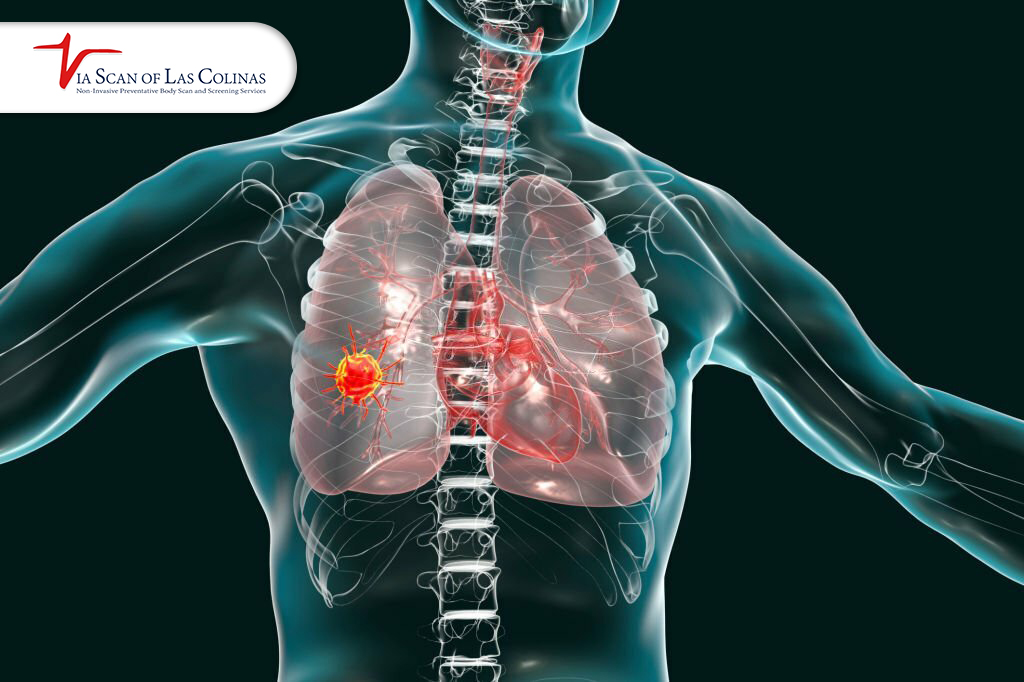
Conclusion
Lungs are wonderful organs that do an outstanding job of making you fit. They have already experienced a lot in the past 5 years using cannabis, and they are also amazingly able to heal themselves once they are provided with the opportunity. Using modern imaging technology at ViaScan, it has never been more convenient to check on how your lungs are functioning and monitor any changes.
Knowledge is power as far as your health is concerned. Regardless of whether you worry about your past cannabis use or need to keep track of your health condition in the future, professionally based services at ViaScan are the ones that can deliver much-needed, high-quality imaging and complete health tracking.


